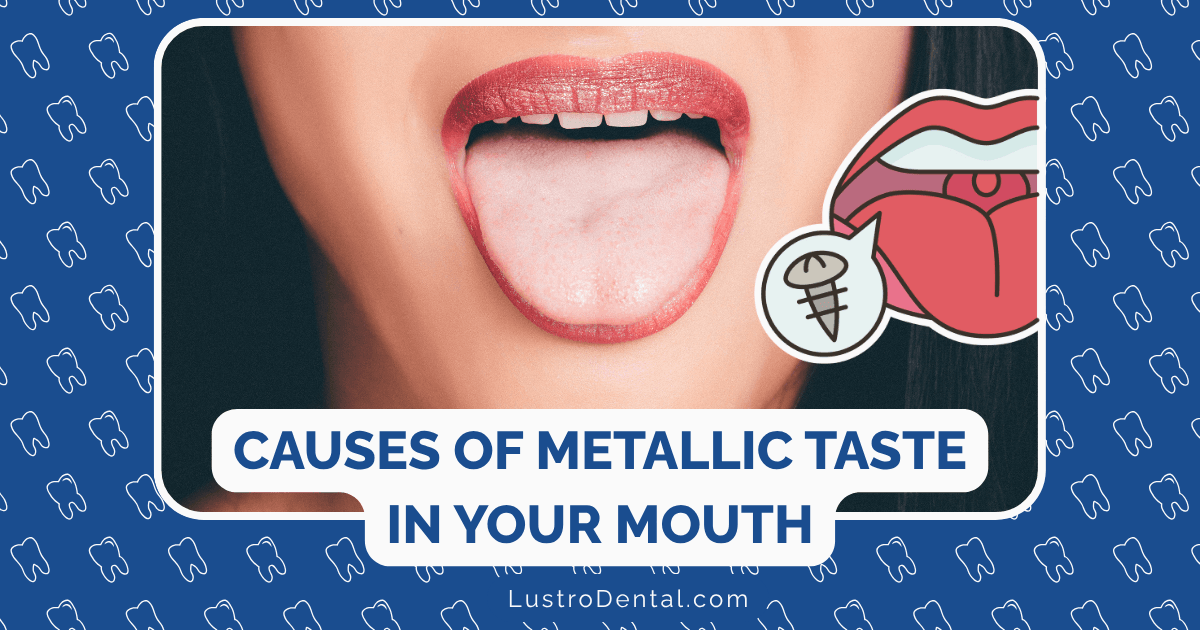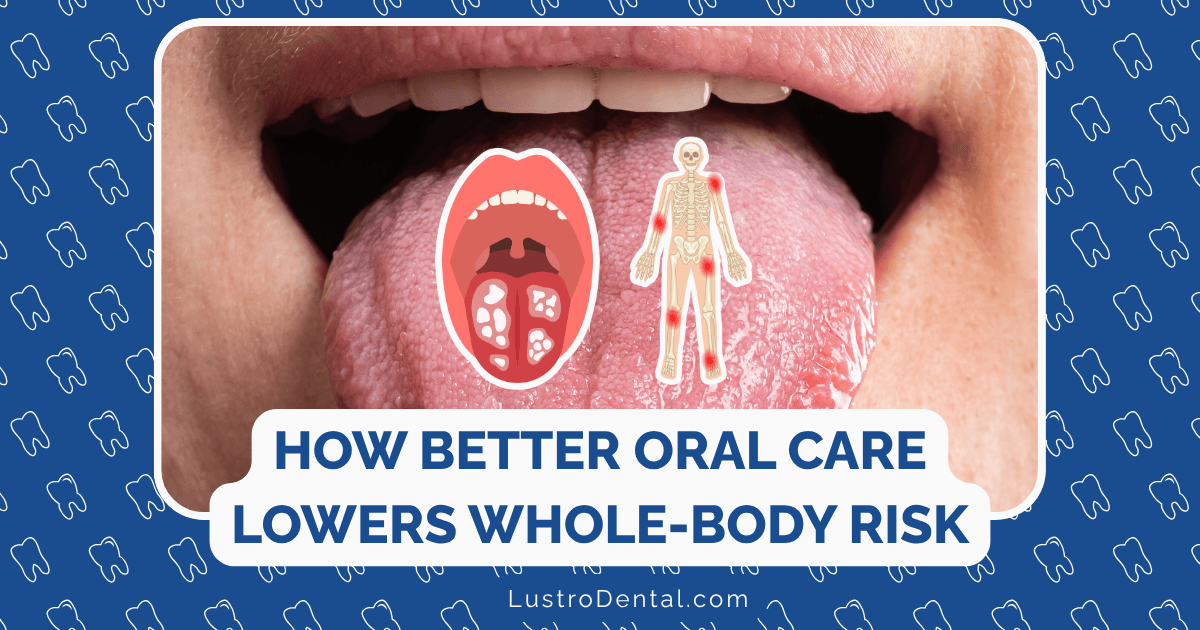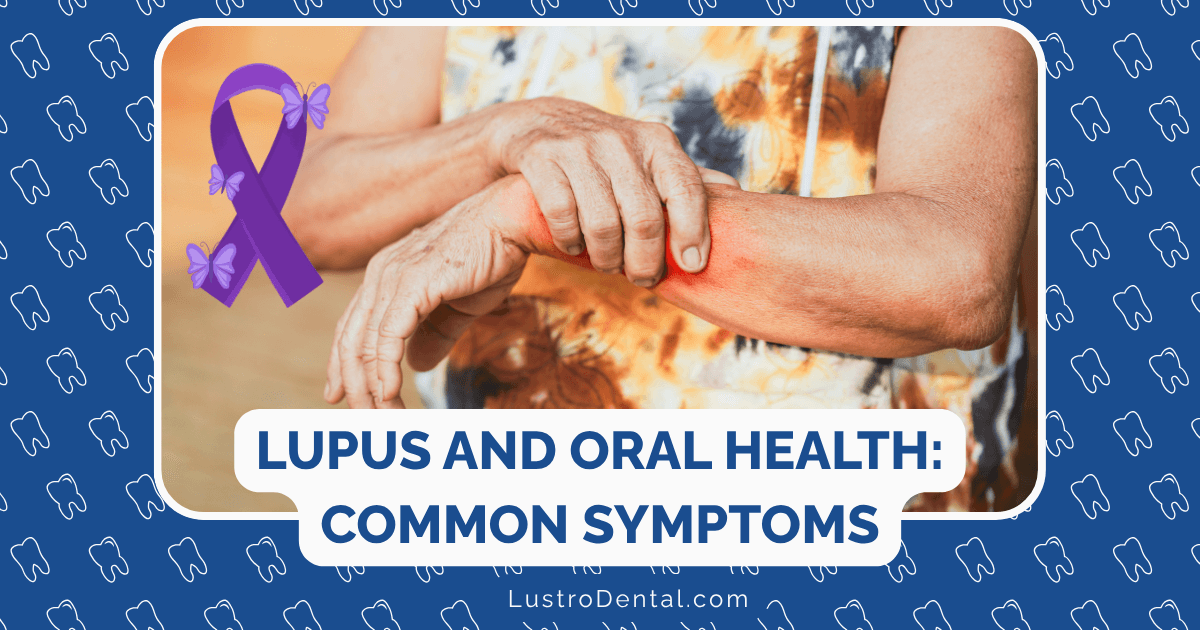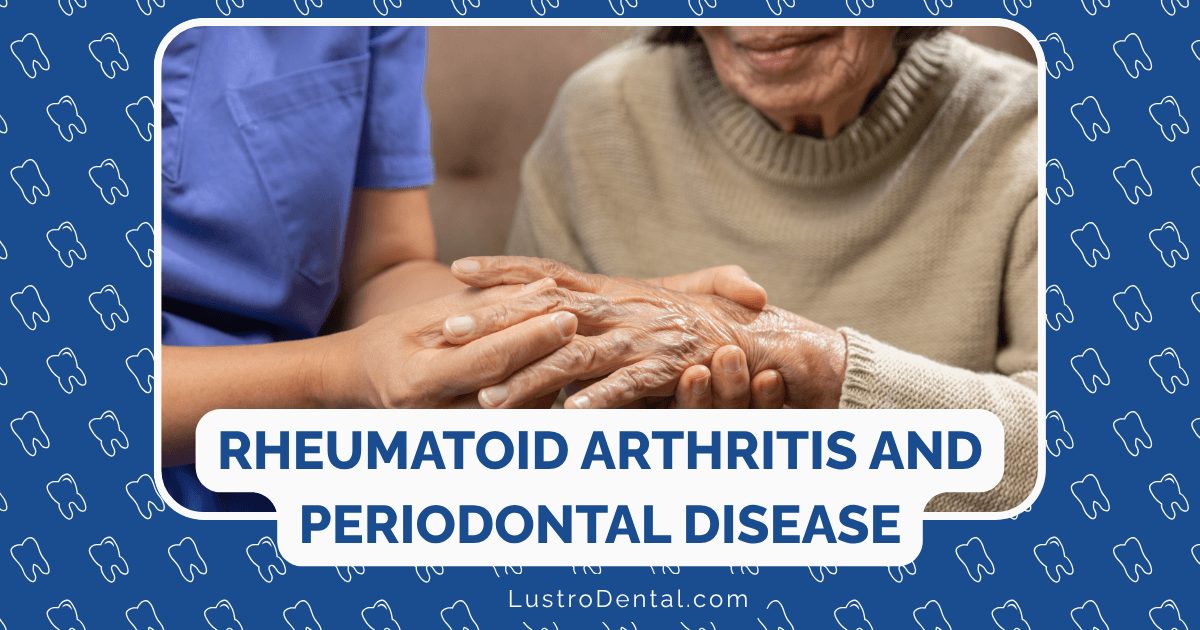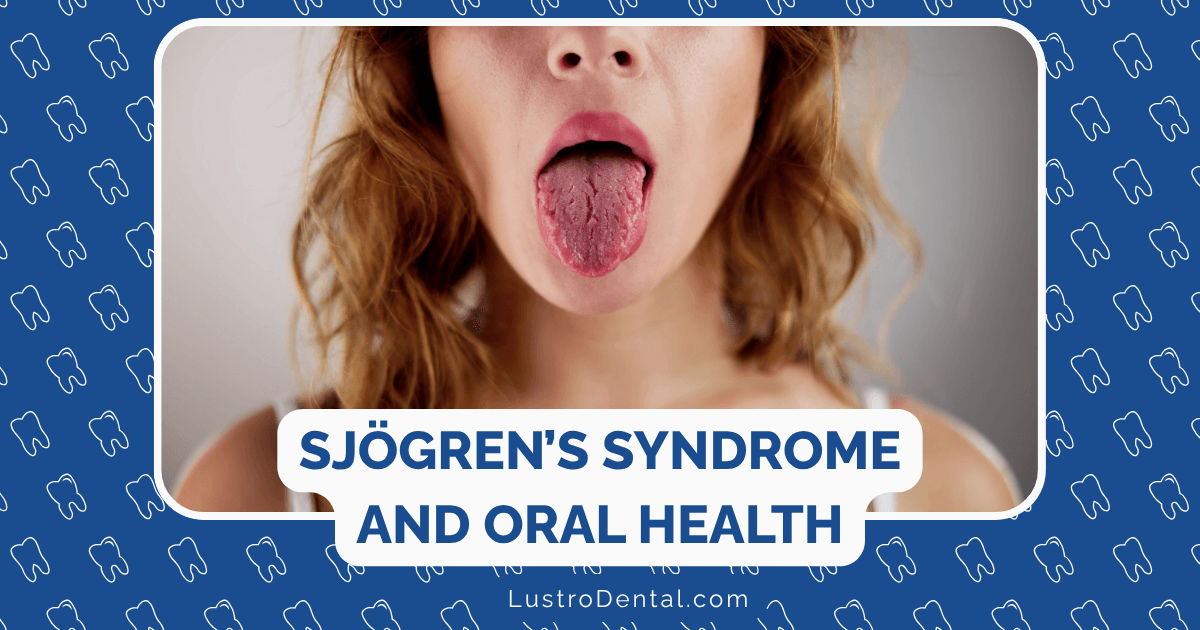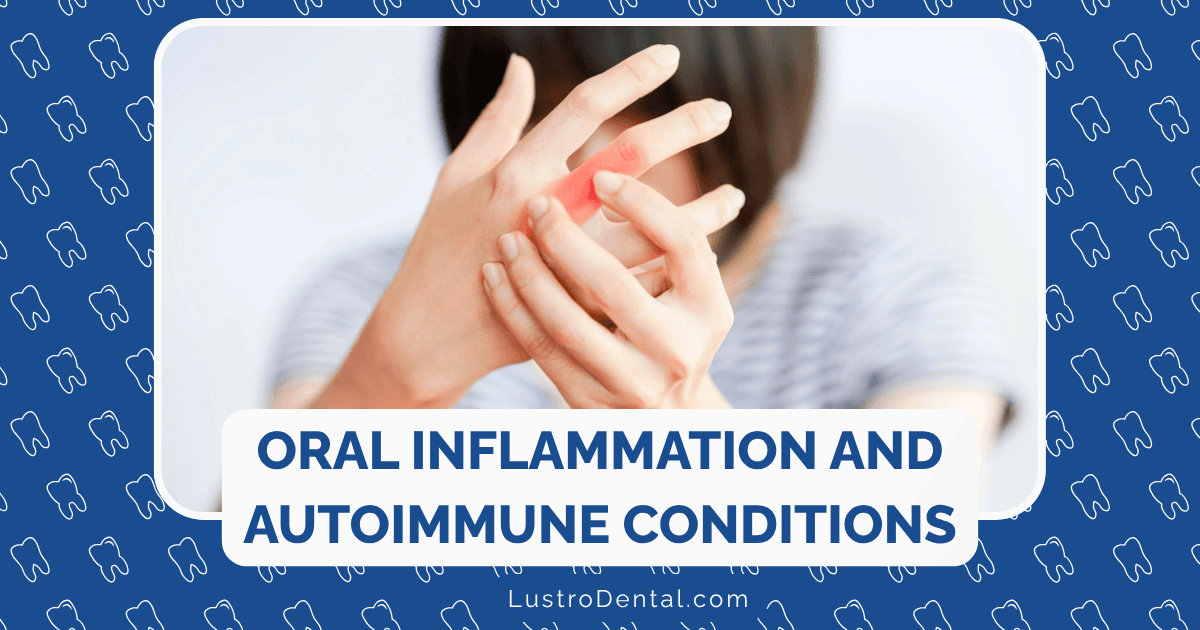The Two-Way Street: How Diabetes and Gum Disease Affect Each Other
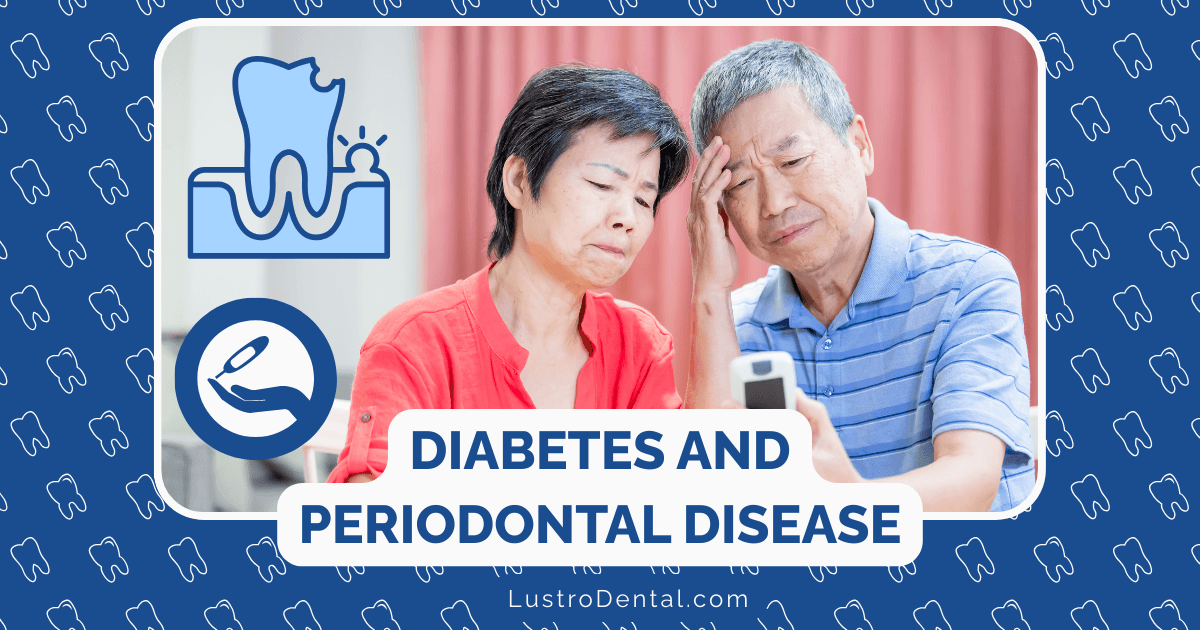
When we think about diabetes complications, heart disease, kidney problems, and nerve damage often come to mind. But there’s another serious complication that receives less attention despite affecting millions: gum disease. The relationship between diabetes and periodontal (gum) disease isn’t a one-way street—it’s a complex, bidirectional relationship where each condition can influence and exacerbate the other.
Understanding this two-way connection is crucial for anyone with diabetes or periodontal disease. Let’s explore how these conditions interact, why it matters, and what you can do to protect both your oral and overall health.
The Scope of the Problem: Startling Statistics
Before diving into the mechanisms, let’s understand the scale of these interrelated health challenges:
- Diabetes affects over 800 million people worldwide, with numbers continuing to rise
- More than 1 billion people globally suffer from severe periodontal disease
- Individuals with diabetes are three times more likely to develop severe gum disease compared to those without diabetes
- 69.6% of adolescents with Type 1 diabetes show signs of periodontitis, according to a 2025 study published in Diabetes Research and Clinical Practice
- Moderate to severe periodontitis is associated with increased risks of all-cause and cardiovascular disease-related mortality in adults with diabetes
Dr. Sarah Johnson, endocrinologist at Mayo Clinic, explains: “Many of my patients are surprised when I ask about their dental health. But the evidence is clear—gum disease and diabetes are intimately connected, and managing one helps control the other.”
How Diabetes Affects Gum Health
Diabetes creates an environment in the mouth that promotes periodontal disease through several mechanisms:
1. Impaired Immune Response
Diabetes weakens the body’s ability to fight infections, including those in the gums.
“High blood sugar levels impair white blood cell function, the body’s main defense against bacterial infections,” explains Dr. Michael Chen, periodontist at the University of California. “This makes it harder for the body to combat the bacteria that cause gum disease.”
Research published in the Frontiers in Clinical Diabetes and Healthcare in 2025 confirms that diabetes compromises neutrophil function—the first line of defense against periodontal bacteria.
2. Blood Vessel Changes
Diabetes causes thickening of blood vessels, which slows the flow of nutrients and removal of waste products from body tissues, including the gums.
“The microvascular complications we see in the eyes and kidneys also affect the gums,” notes Dr. Johnson. “Reduced blood flow means less oxygen and nutrients reaching the gum tissues, making them more susceptible to infection and slower to heal.”
3. Elevated Blood Sugar in Saliva
Higher blood glucose levels lead to higher glucose levels in saliva and gingival fluid, creating an ideal environment for harmful bacteria to thrive.
A 2025 study in the Journal of Dental Research found that individuals with uncontrolled diabetes had significantly higher glucose concentrations in their saliva, which correlated with increased levels of periodontal pathogens.
4. Advanced Glycation End Products (AGEs)
Chronic hyperglycemia leads to the formation of AGEs, which bind to receptors on cells in the gums, triggering the release of pro-inflammatory cytokines and destructive enzymes.
“AGEs essentially accelerate the aging process in tissues throughout the body, including the gums,” explains Dr. Robert Thompson, researcher at the National Institute of Dental and Craniofacial Research. “They promote inflammation and impair tissue repair mechanisms.”
5. Collagen Dysfunction
Diabetes affects collagen metabolism, leading to poor wound healing and accelerated breakdown of periodontal tissues.
“Collagen is the main structural protein in our gums and the periodontal ligament that holds teeth in place,” says Dr. Chen. “Diabetes impairs collagen production and increases its breakdown, weakening the supporting structures around teeth.”
How Gum Disease Affects Diabetes
The influence isn’t one-sided. Periodontal disease can also impact diabetes control and progression:
1. Systemic Inflammation
Periodontal disease triggers a systemic inflammatory response that can worsen insulin resistance and make blood sugar control more difficult.
“The mouth can be a significant source of inflammation,” explains Dr. Elizabeth Wong, diabetologist at Cleveland Clinic. “The pro-inflammatory cytokines produced in response to periodontal infection can enter the bloodstream and interfere with insulin action throughout the body.”
A 2025 study in Science Direct found that inflammatory mediators from periodontal disease, including IL-1β, IL-6, and TNF-α, can impair insulin signaling pathways, contributing to insulin resistance.
2. Direct Bacterial Impact
Bacteria from periodontal infections can enter the bloodstream, triggering inflammatory responses in distant tissues and organs.
Research published in the Frontiers in Cellular and Infection Microbiology in 2025 demonstrated that Porphyromonas gingivalis, a key periodontal pathogen, can directly impair insulin sensitivity in liver and muscle cells.
3. Altered Glucose Metabolism
The chronic inflammation associated with periodontal disease can alter glucose metabolism and contribute to insulin resistance.
“We’ve observed that patients with severe periodontitis often have higher HbA1c levels, even when controlling for other factors,” notes Dr. Wong. “The inflammatory burden from gum disease seems to directly impact glycemic control.”
4. Stress Response
Chronic infections like periodontitis trigger a stress response, leading to increased cortisol production, which can raise blood glucose levels.
5. Biomarkers of Shared Pathology
Recent research has identified specific biomarkers that link both conditions. A 2025 meta-analysis found that resistin levels in gingival crevicular fluid were significantly elevated in individuals with both Type 2 diabetes and chronic periodontitis compared to healthy controls.
“Resistin may be a key mediator in the relationship between these conditions,” explains Dr. Thompson. “It’s associated with both insulin resistance and periodontal inflammation, potentially creating a feedback loop that worsens both conditions.”
Clinical Evidence: The Impact on Disease Management
The bidirectional relationship between diabetes and periodontal disease has significant clinical implications:
Diabetes Control and Periodontal Health
A 2025 study in the European Journal of Clinical Investigation found that adolescents with Type 1 diabetes who had periodontitis showed:
- Higher glucose management indicator (GMI): 7.5% vs. 7.1% in those without periodontitis
- Lower time in range (TIR): 58.5% vs. 69.7%
- Higher coefficient of variation (CV) for glucose levels: 36.4% vs. 33.2%
- Higher rates of diabetic nephropathy and elevated carotid intima-media thickness
These findings suggest that periodontal inflammation negatively affects not only glycemic control but also other diabetes-related complications.
Periodontal Treatment and Glycemic Control
Multiple studies have demonstrated that treating periodontal disease can improve glycemic control:
- A systematic review published in 2025 found that non-surgical periodontal therapy resulted in an average reduction of 0.4% in HbA1c levels after six months
- A 2025 randomized controlled trial showed that intensive periodontal treatment reduced inflammatory markers (CRP and TNF-α) and improved insulin sensitivity in patients with Type 2 diabetes
“A reduction of 1% in HbA1c can lead to a 37% reduction in microvascular complications and a 21% reduction in diabetes-related deaths,” notes Dr. Johnson. “So the improvement we see from periodontal treatment, while modest, can have meaningful clinical benefits.”
Risk Factors That Amplify the Relationship
Several factors can intensify the bidirectional relationship between diabetes and periodontal disease:
1. Poor Glycemic Control
“The severity of periodontal disease correlates strongly with blood sugar control,” says Dr. Chen. “Patients with HbA1c levels above 9% have significantly worse periodontal outcomes compared to those with better control.”
2. Smoking
Smoking is a major risk factor for both diabetes complications and periodontal disease.
“Smoking and diabetes together create a perfect storm for periodontal health,” explains Dr. Wong. “The risk of severe periodontitis is 4.6 times higher in smokers with diabetes compared to non-smokers without diabetes.”
3. Age
Both diabetes complications and periodontal disease risk increase with age. According to a 2025 epidemiological study, the prevalence of periodontitis reaches 82% in elderly populations with diabetes.
4. Socioeconomic Factors
Limited access to healthcare, including dental care, can worsen both conditions. Research indicates that the incidence of severe periodontitis is 1.8 times higher in low-income individuals compared to those with higher incomes.
5. Genetic Factors
Emerging research suggests shared genetic susceptibility factors for both conditions. A 2025 genome-wide association study identified several gene variants associated with both insulin resistance and periodontal inflammation.
Breaking the Cycle: Management Approaches
The good news is that interventions targeting either condition can help break this destructive cycle:
1. Glycemic Control
“Maintaining good blood sugar control is the foundation of preventing diabetes-related complications, including periodontal disease,” emphasizes Dr. Wong. “Each 1% reduction in HbA1c significantly reduces the risk of periodontal disease progression.”
Strategies include:
- Medication adherence
- Regular blood glucose monitoring
- Healthy diet and regular physical activity
- Regular medical check-ups
2. Comprehensive Periodontal Care
Regular dental care is essential for preventing and managing periodontal disease in people with diabetes:
- Professional cleanings: At least every 3-4 months for people with diabetes, rather than the standard 6 months
- Non-surgical periodontal therapy: Scaling and root planing to remove plaque and calculus below the gumline
- Surgical interventions: When necessary to restore periodontal health in advanced cases
- Antimicrobial treatments: Local or systemic antibiotics may be prescribed in some cases
“For patients with diabetes, we often recommend more frequent dental visits and a more aggressive approach to treating even mild gum inflammation,” notes Dr. Chen.
3. Meticulous Oral Hygiene
Daily oral hygiene practices are crucial:
- Brushing twice daily with fluoride toothpaste
- Daily flossing or use of interdental cleaners
- Antimicrobial mouthwash to reduce bacterial load
- Regular replacement of toothbrushes (every 3-4 months)
4. Host Modulation Therapy (HMT)
Emerging treatments target the inflammatory response rather than just the bacteria:
“Host modulation therapy represents a paradigm shift in treating periodontal disease, especially in patients with diabetes,” explains Dr. Thompson. “By targeting the inflammatory response, we can address a key mechanism linking these conditions.”
Options include:
- Low-dose doxycycline (Periostat®): The only FDA-approved non-antimicrobial agent for HMT, shown to improve both periodontal outcomes and insulin resistance
- Chemically-modified curcumin (CMC2.24): A promising new compound that has demonstrated efficacy in reducing inflammatory cytokines and matrix metalloproteinases in gingival tissues
5. Lifestyle Modifications
Several lifestyle changes can benefit both conditions:
- Smoking cessation: Critical for improving both periodontal health and diabetes management
- Anti-inflammatory diet: Rich in fruits, vegetables, whole grains, and omega-3 fatty acids
- Stress management: Techniques such as mindfulness meditation, yoga, or regular exercise
- Adequate hydration: Helps maintain salivary flow, which is protective against oral infections
6. Collaborative Care Approach
“A multidisciplinary approach is essential,” emphasizes Dr. Wong. “Dentists and physicians need to work together to optimize care for patients with both conditions.”
This includes:
- Dental professionals screening for diabetes risk factors
- Medical providers inquiring about oral health and referring for dental care
- Communication between healthcare providers about patient status
- Coordinated treatment planning
Emerging Research and Future Directions
The field continues to evolve rapidly, with several promising developments on the horizon:
1. Novel Biomarkers
Researchers are identifying new biomarkers that could help predict risk and monitor treatment response. Beyond resistin, other promising markers include:
- Caspase-3: A 2025 study found elevated levels in adolescents with Type 1 diabetes and periodontitis
- Insulin-like growth factor binding protein 2 (IGFBP-2): Shown to identify the coexistence of chronic periodontitis and diabetes
2. Personalized Medicine Approaches
“The future of managing this bidirectional relationship lies in personalized medicine,” says Dr. Thompson. “Genetic testing may help identify patients at highest risk for developing both conditions and guide targeted interventions.”
3. Advanced Treatment Modalities
Innovative treatments under investigation include:
- Targeted anti-inflammatory therapies: Specifically designed to address the inflammatory pathways common to both conditions
- Probiotics: To restore a healthy oral microbiome
- Tissue engineering approaches: To enhance periodontal regeneration in diabetic patients
4. Technological Advances
New technologies are improving both diagnosis and treatment:
- Point-of-care HbA1c testing in dental offices: Allowing for diabetes screening during dental visits
- Advanced imaging techniques: To detect early periodontal changes before they become clinically apparent
- Artificial intelligence algorithms: To identify patterns and predict disease progression
Patient Awareness: A Critical Gap
Despite the strong evidence linking these conditions, patient awareness remains low. A 2025 study in Portugal found that:
- 18.8% of Type 1 diabetes patients reported not receiving any dental advice regarding their condition
- Only 31.4% were informed about the importance of dental health related to diabetes
- 87.5% felt that dentists should be involved in diabetes management
“There’s a significant knowledge gap that needs to be addressed,” notes Dr. Johnson. “Many patients with diabetes are unaware of their increased risk for periodontal disease, and many with periodontal disease don’t know it could affect their metabolic health.”
Conclusion: A Holistic Approach to Care
The bidirectional relationship between diabetes and periodontal disease highlights the interconnected nature of our health. Rather than viewing these as separate conditions treated by different specialists, a more integrated approach is needed.
For individuals with diabetes, regular dental check-ups and meticulous oral hygiene should be considered essential components of diabetes management—just as important as monitoring blood glucose or taking medications.
For those with periodontal disease, especially if risk factors for diabetes are present, screening for diabetes and maintaining metabolic health should be part of their overall healthcare strategy.
By understanding and addressing this two-way street, we can break the cycle of mutual exacerbation and improve outcomes for both conditions. Your mouth and your metabolism are more connected than you might think—and taking care of one helps protect the other.
Do you have diabetes or periodontal disease? Have you noticed connections between your oral health and blood sugar control? Share your experiences in the comments below!


